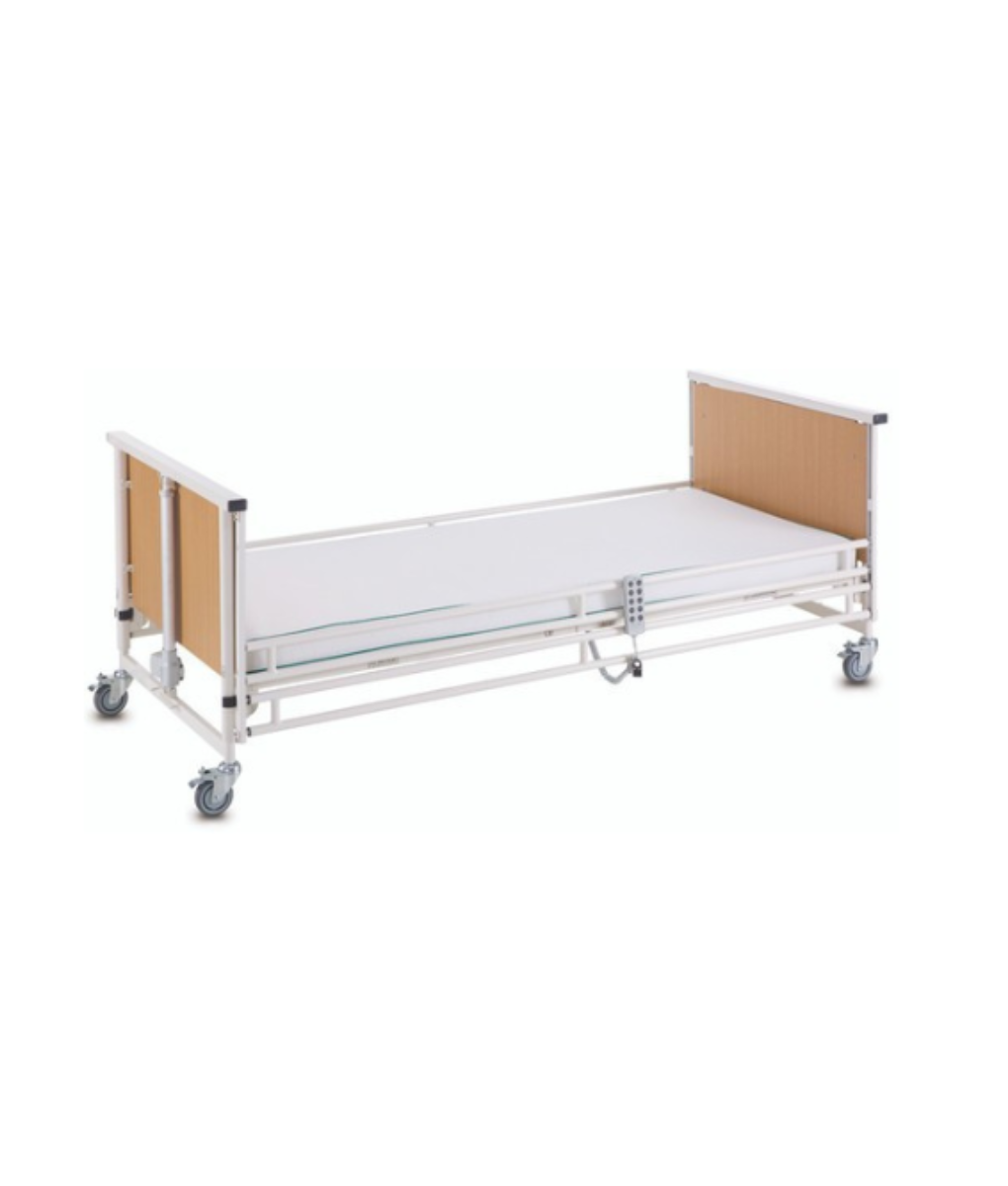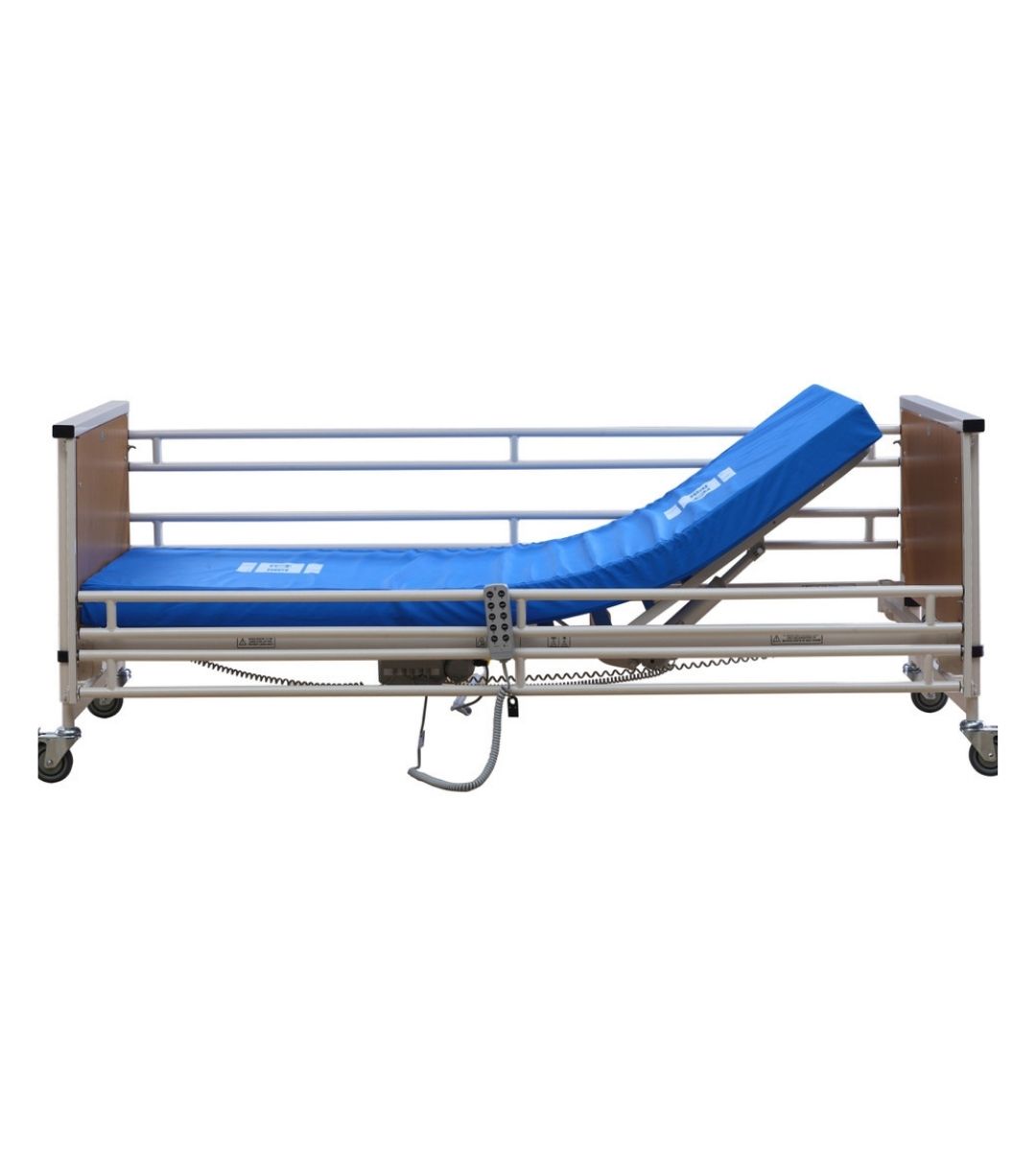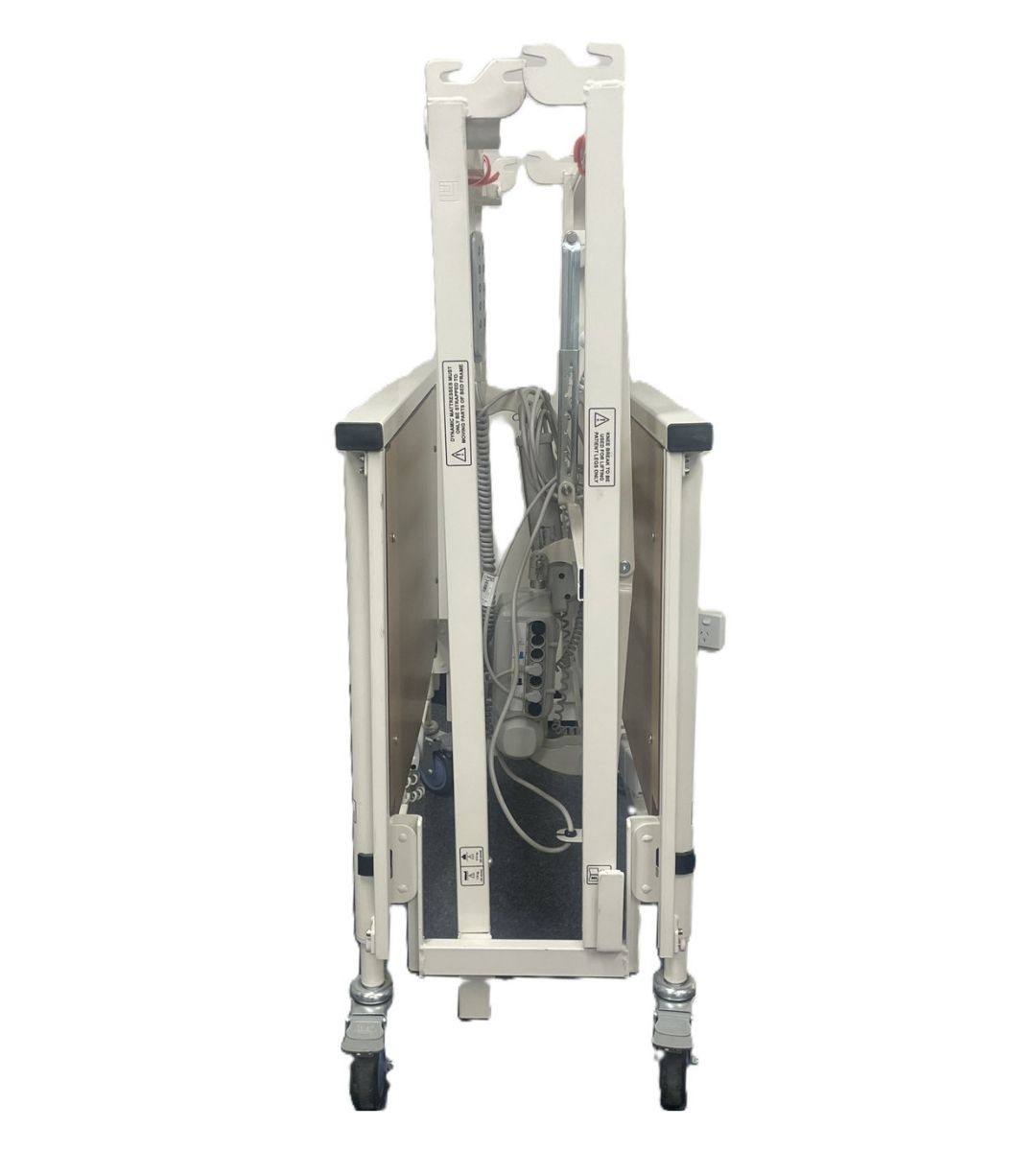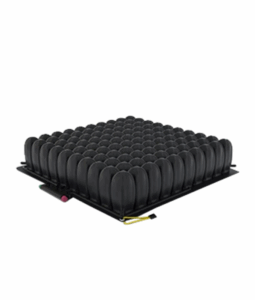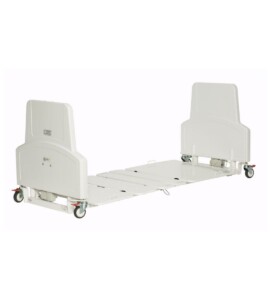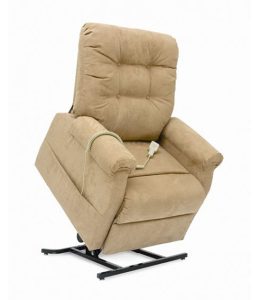Description
The K-Dee 2 High-Low Standard Bed provides clinical functionality in a compact and low-maintenance design. With five powered functions – including height adjustment, backrest, knee break and both Trendelenburg and reverse Trendelenburg positioning – it supports a wide range of needs and positioning requirements.
Designed for easy assembly, the bed has four lightweight sections, making it simple to transport, set up and store. Its enclosed locking castors add stability, while optional accessories like mattress extensions, full-length side rails, grab bars and self-help poles allow further customisation.
Available in Single and King Single sizes, the K-Dee 2 also supports taller people with an optional length extension of 20 cm.
Who it’s for
- For clients who need powered positioning with a compact, transportable bed frame.
- For therapists wanting a versatile, easy-to-install bed solution for their client.
Key features
- Five electric adjustments – includes backrest, knee break, height adjustment, Trendelenburg and reverse Trendelenburg function
- Modular, collapsible design – simplifies delivery, transport and installation
- Handset with lockout function – supports safety and control in shared environments
- Optional side rails and grab bars – enhances support and helps prevent falls
- Enclosed locking castors – provide secure positioning and mobility
- Mattress extension option – adds 20 cm length for taller people
| Specifications | Single | King Single |
|---|---|---|
| Overall Width | 98 cm | 116 cm |
| Overall Length | 222 cm | 222 cm |
| Mattress Platform Width | 88 cm | 105 cm |
| Mattress Platform Length | 198 cm | 198 cm |
| Mattress Platform Height | 33.5 cm – 72.5 cm | 33.5 cm – 72.5 cm |
| Overall Height | 85 cm – 124 cm | 85 cm – 124 cm |
| Backrest Angle Adjustment | 0° to 70° | 0° to 70° |
| Knee Break Angle Adjustment | 0° to 26° | 0° to 26° |
| Trendelenburg Tilt Degree | 0° to 11° | 0° to 11° |
| SWL (Inclusive of Accessories) | 213 kg | 213 kg |
Talk to us on the phone
Our experienced phone sales team can assist you with any product enquiries and help you make a purchase directly on the phone. We are available anytime between 9am and 5pm, Monday to Friday.


